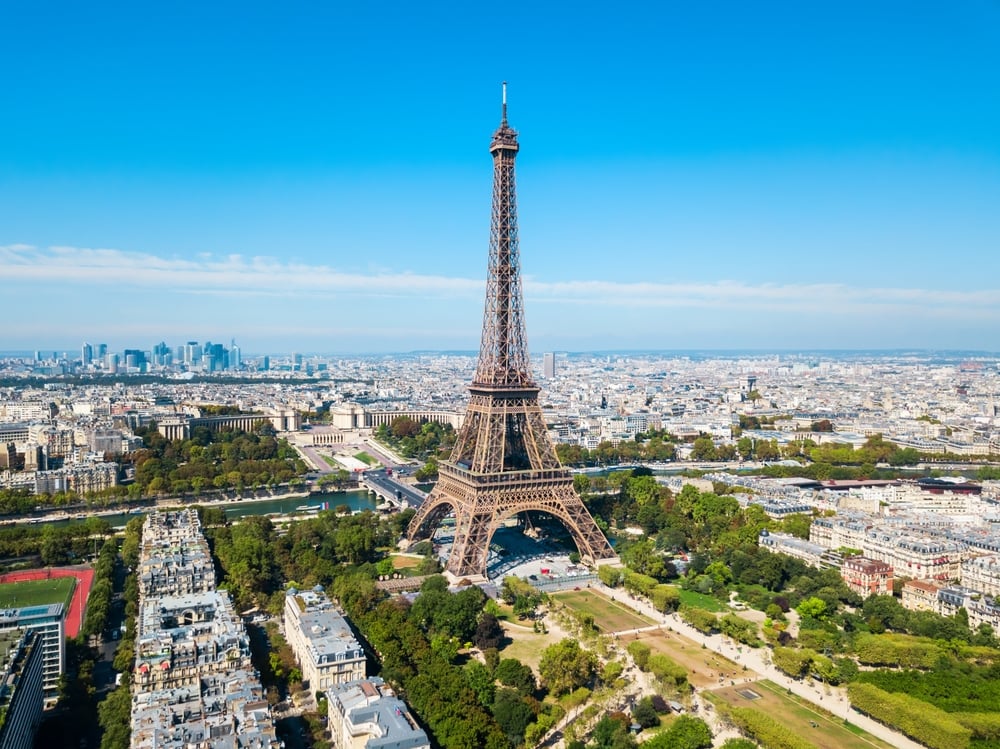When planning a trip to Paris, the iconic Palace of Versailles is often at the top of the list for a day trip—and it’s a must-see classic I’ve already covered in my 5-day Paris itinerary. While the gilded halls and sprawling gardens of Versailles are certainly worth a visit, Paris is a gateway to so much more. Just a short train ride away lies a world of charming towns, historic cities, and magical getaways that offer an entirely different glimpse into France and its neighbors. If you’re looking to explore beyond the usual itinerary, this guide will take you to five incredible day trip destinations that offer a completely different kind of adventure.
Rouen
Rouen, the capital of Normandy, offers a rich journey into history and art and is a tranquil escape from the hustle and bustle of Paris. This charming city is an excellent option for a day trip, and I’ve also highlighted it as a great alternative to Paris in my European cruise ports post. Upon arrival, your exploration should begin at the Place du Vieux-Marché, the very square where France’s national heroine, Joan of Arc, was martyred. While this square now is filled with half-timbered houses, charming restaurants, and a unique modern church with a magnificent stained-glass window, it was here in 1429 that Joan of Arc, fresh from her pivotal victory in the Hundred Years’ War, met her tragic end.
Also in the square is the striking, modern Church of St Joan of Arc (Église catholique Sainte-Jeanne-d’Arc), built in 1979 as a tribute to the city’s heroine. This unique building is famous for its beautiful stained-glass windows, which were salvaged from a former Renaissance church that was destroyed during World War II.
Rouen is also a key city in the history of Impressionism. Just a short walk away, you will see the Rouen Cathedral, a masterpiece of Gothic architecture that famously inspired a series of paintings by the famous French Impressionist artist Claude Monet. Finally, make sure to visit the Musée des Beaux-Arts de Rouen, which houses one of France’s most extensive collections of Impressionist paintings, including several of Monet’s renowned “Cathedral” series, along with works by other famous artists such as Degas, Renoir, and Sisley. Together, these sites provide a perfect introduction to the city’s historic and artistic legacy.
Food
For lunch, I recommend visiting IT – Italian Trattoria Rouen, a highly rated restaurant located in the Place du Vieux-Marché. Other highly rated restaurants to consider are French restaurants Le Kitsch, Les Fils à Maman Rouen, and Paul-Arthur.
How to get to Rouen from Paris
Rouen is an hour and a half from Paris by train. Take the metro to Gare Saint-Lazare (served by Metro lines 3, 12, 13, and 14), then board a TER train from the main station directly to Rouen-Rive-Droite, which is the primary station for the city. From there, you will be within easy walking distance of the city’s main attractions, including the Musée des Beaux-Arts de Rouen (a 7-minute walk) and the Rouen Cathedral (a 15-minute walk).
Rouen also has a metro system, so you can take the metro from Gare–Rue Verte to the Palais de Justice –Gisèle Halimi metro station and walk 5 minutes to the Cathédrale Notre-Dame de Rouen, if you wish. The Rouen metro system has only two lines that run through the city center, making it very easy to navigate. When you enter a station or board a tram or bus, remember to validate your ticket by tapping it on the yellow validation machine. For tourists, the Rouen Pass is a good option as it offers unlimited travel for 24, 48, or 72 hours and also features guided tours to different attractions in the city.
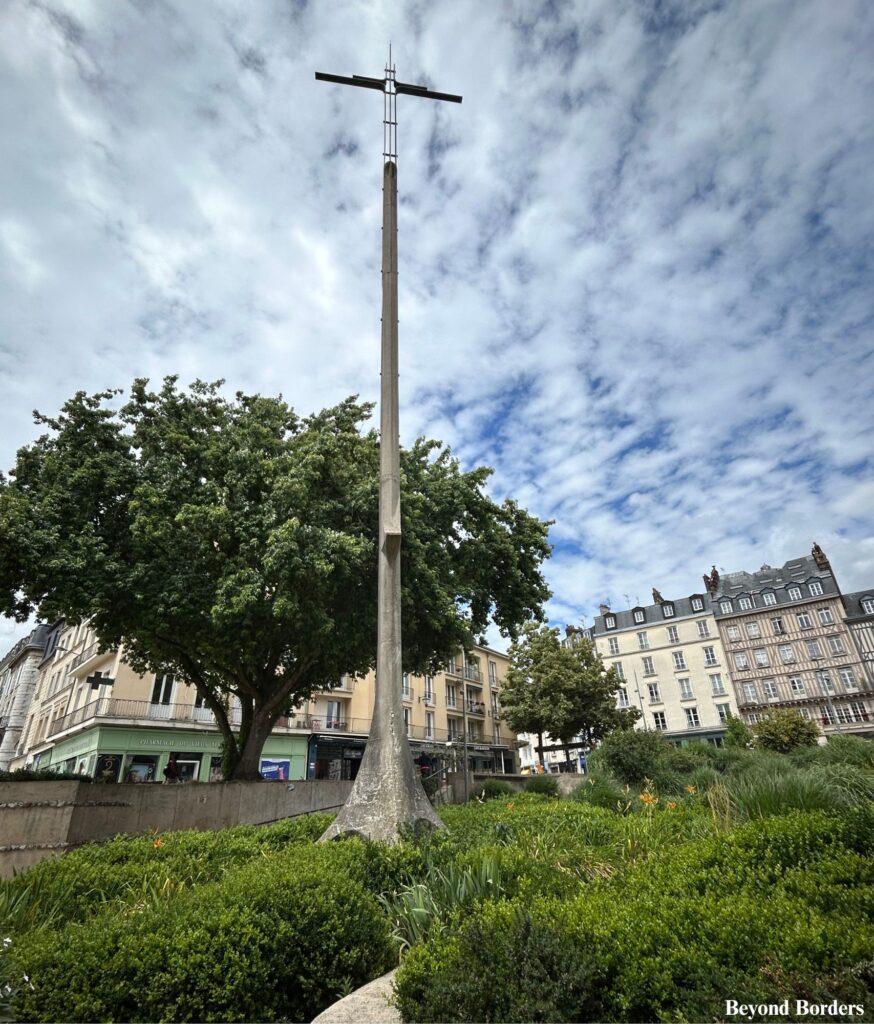
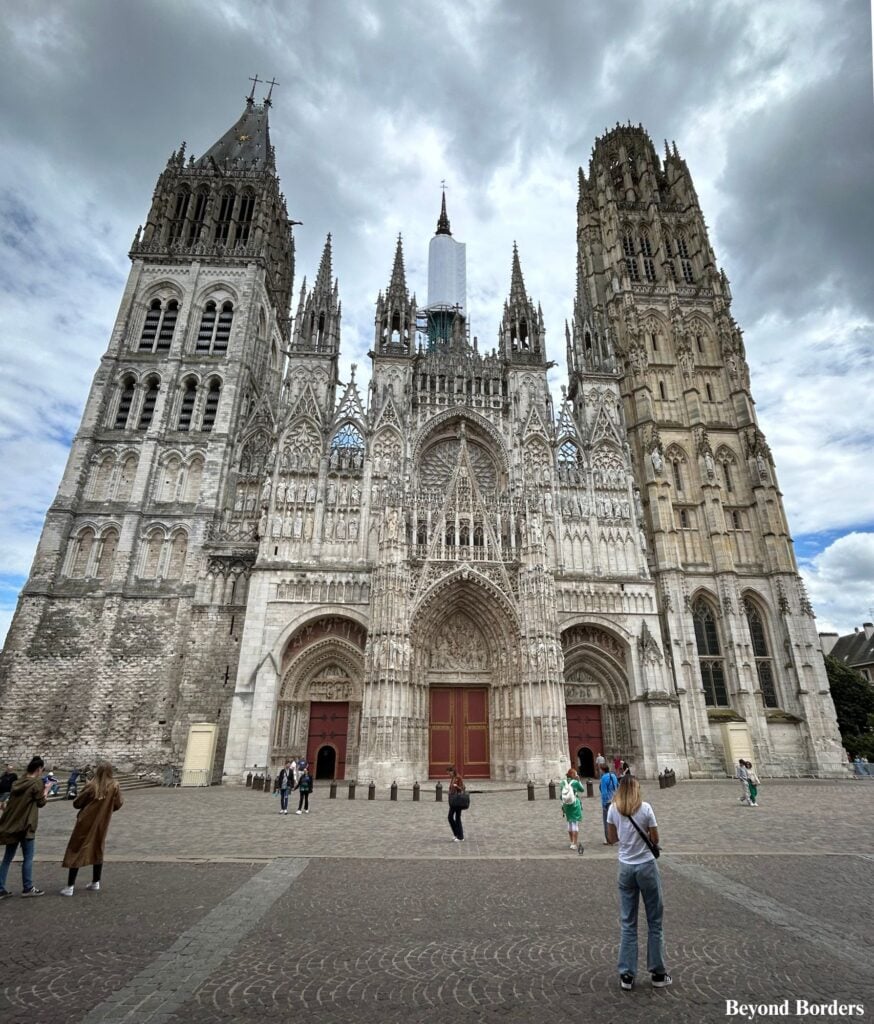
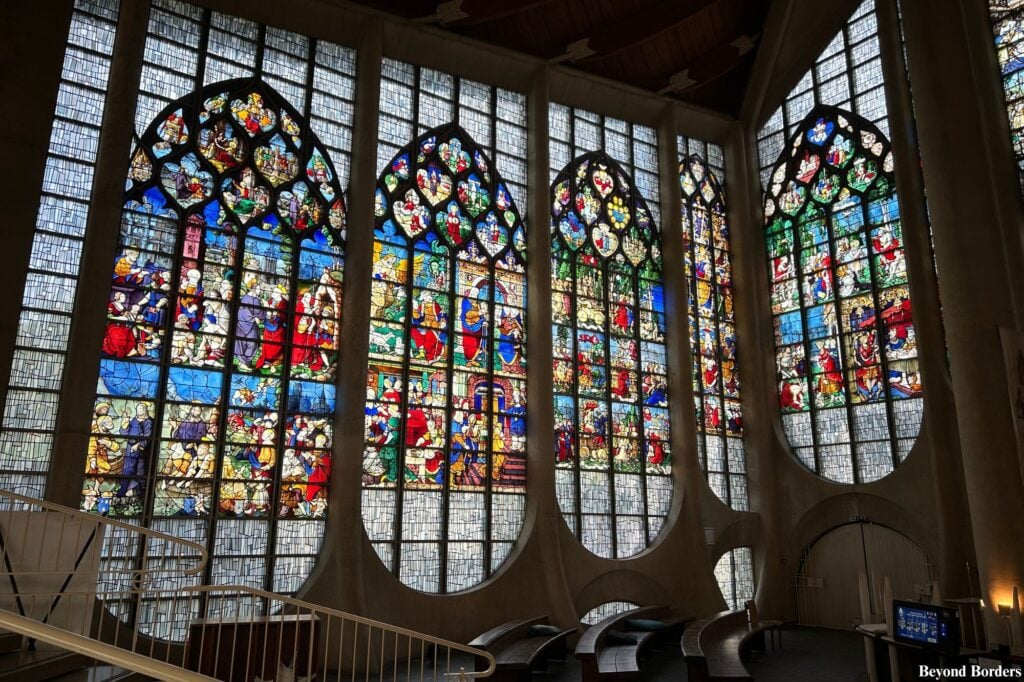
Orléans
Orléans is an excellent day trip from Paris, offering a rich blend of history and culture. This charming city is also connected with France’s national heroine, Joan of Arc. To this day, the city pays homage to her legacy with attractions that are all within easy walking distance.
Begin exploring Orléans at the bustling Place du Martroi, the city’s main square, where a grand equestrian statue of Joan of Arc stands proudly at its center. From here, you can easily walk to the Maison de Jeanne d’Arc (House of Joan of Arc), a must-see for anyone wanting to learn more about her life. Though a replica of her original home, this museum and research center houses an extensive collection of documents and artifacts related to her life.
Just a short walk away is the magnificent Sainte-Croix Cathedral, the city’s most prominent landmark. Its breathtaking Gothic architecture is a sight to behold, and its remarkable stained-glass windows vividly retell the story of Joan of Arc’s life, from her visions to her victory in Orléans.
Beyond the historical heart of the city, you can take a peaceful stroll along the banks of the Loire River. The beautifully redeveloped quays offer a relaxing escape with great views of the city’s old buildings. For art lovers, the Musée des Beaux-Arts d’Orléans is a must-see! As one of France’s oldest art museums, it holds a remarkable collection of European paintings and sculptures from the 15th to the 20th century.
Food
For lunch, I recommend trying Well in Town (a pub), Närenj (a more upscale option), Restaurant Le Gaulois, and Crêperie Bretonne.
How to get to Orléans from Paris
Getting to Orléans is easy and takes a little under two hours by train. From Paris, take the metro to Gare d’Austerlitz (served by Metro lines 5 and 10), and then board a TER train directly to Orléans. Once you arrive, the city’s main square, Place du Martroi, is just a short 10-minute walk away. Simply follow the main street, Rue de la République, straight from the station, and you will arrive at the square.
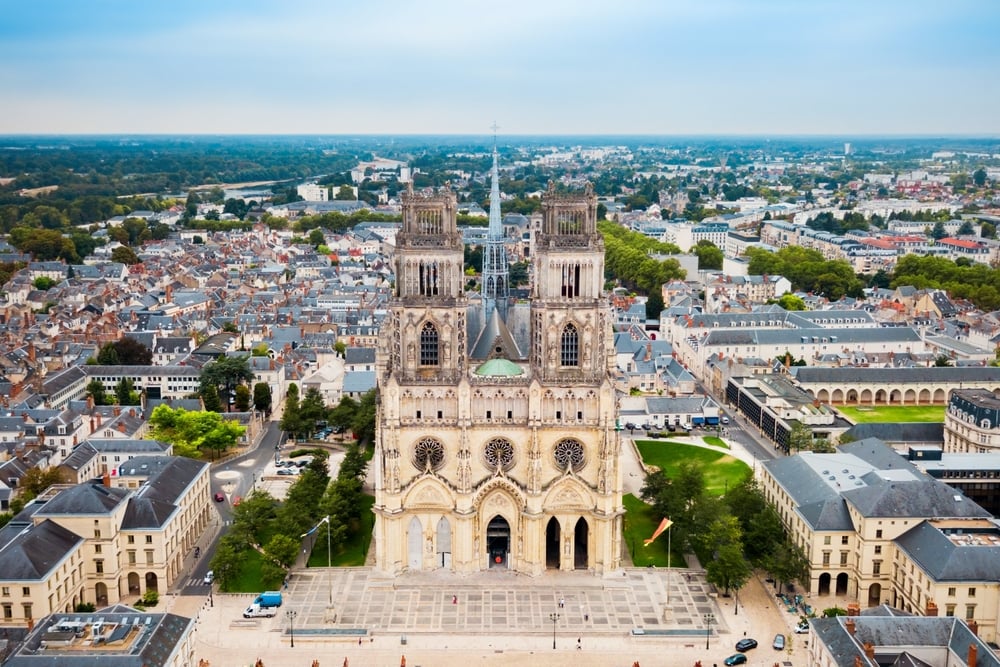
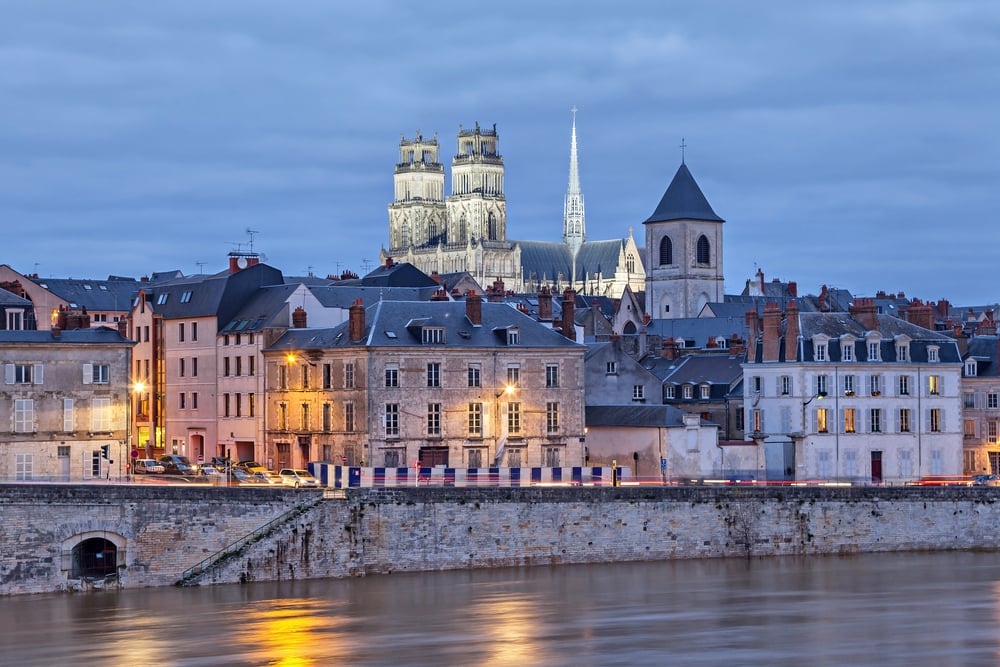
Giverny
Giverny is most famous for being the location of French Impressionist artist Claude Monet’s former home and gardens. His property is home to two distinct garden areas. In front of his house is the Clos Normand, the formal flower garden. Across the road, you can visit the serene Water Garden, an iconic retreat featuring the famous Japanese bridge draped in wisteria and the tranquil pond filled with water lilies that inspired Monet’s renowned “Water Lilies” series.
Beyond Monet’s home and gardens, the surrounding village is also worth visiting. You can explore the Musée des Impressionnismes Giverny, which delves into the history of the art movement and the artists’ colony that formed around Monet. For a more personal touch, you can also pay your respects at Monet’s grave in the village’s small cemetery, located next to the Church of Sainte-Radegonde.
To make the most of your visit, I recommend reserving at least two to three hours to explore Monet’s property. Keep in mind that the gardens are open only from April to October, and the flowers change with each passing season. A quick tip: If you want to see the inside of Monet’s house, head there first, as the line for the entrance can grow long very quickly!
Food
I recommend trying La Guinguette de Giverny, Au Coin du Pain’tre, or Gourmandises de Giverny for sandwiches.
How to get to Giverny from Paris
Getting to Giverny from Paris takes about an hour and a half. First, take the metro to Gare Saint-Lazare. From there, you will take a TER train to the Vernon-Giverny station, a scenic ride that takes just under an hour. When you arrive, you will take a dedicated shuttle bus from the station directly to Monet’s gardens. The shuttle bus is timed to meet the trains from Paris, making the final part of the journey quick and easy.
Upon exiting the Vernon-Giverny train station (VERNON–Gare SNCF), you can take the dedicated Giverny Shuttle Bus. The shuttle is timed to meet the trains arriving from Paris and is typically a large, clearly marked bus. It takes approximately 10-15 minutes to reach the village of Giverny. The bus drops you off at the main bus and parking lot, which is a short, signposted walk from both the Fondation Claude Monet (Monet’s house and gardens) and the Musée des Impressionnismes Giverny. The stop is often referred to as simply the “Giverny Bus Stop” or “Parking Giverny.”
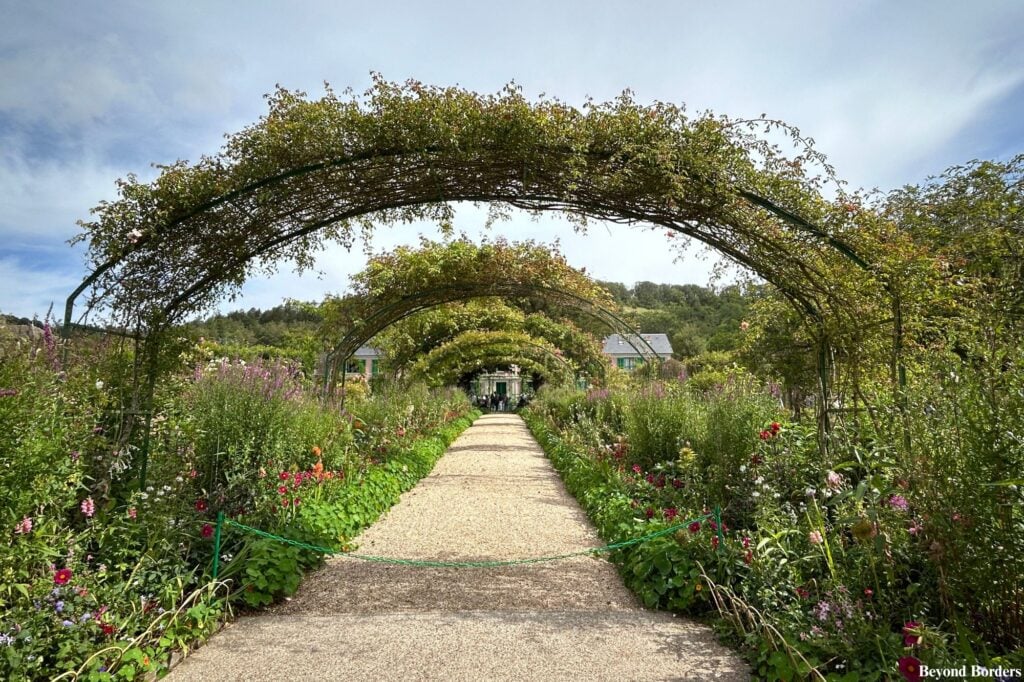
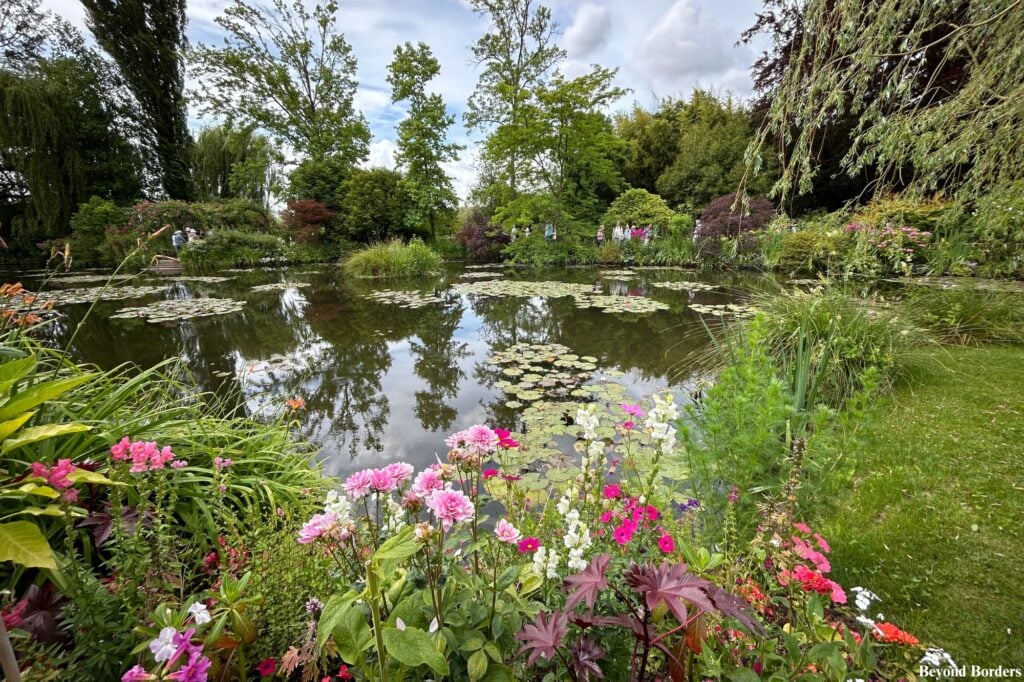
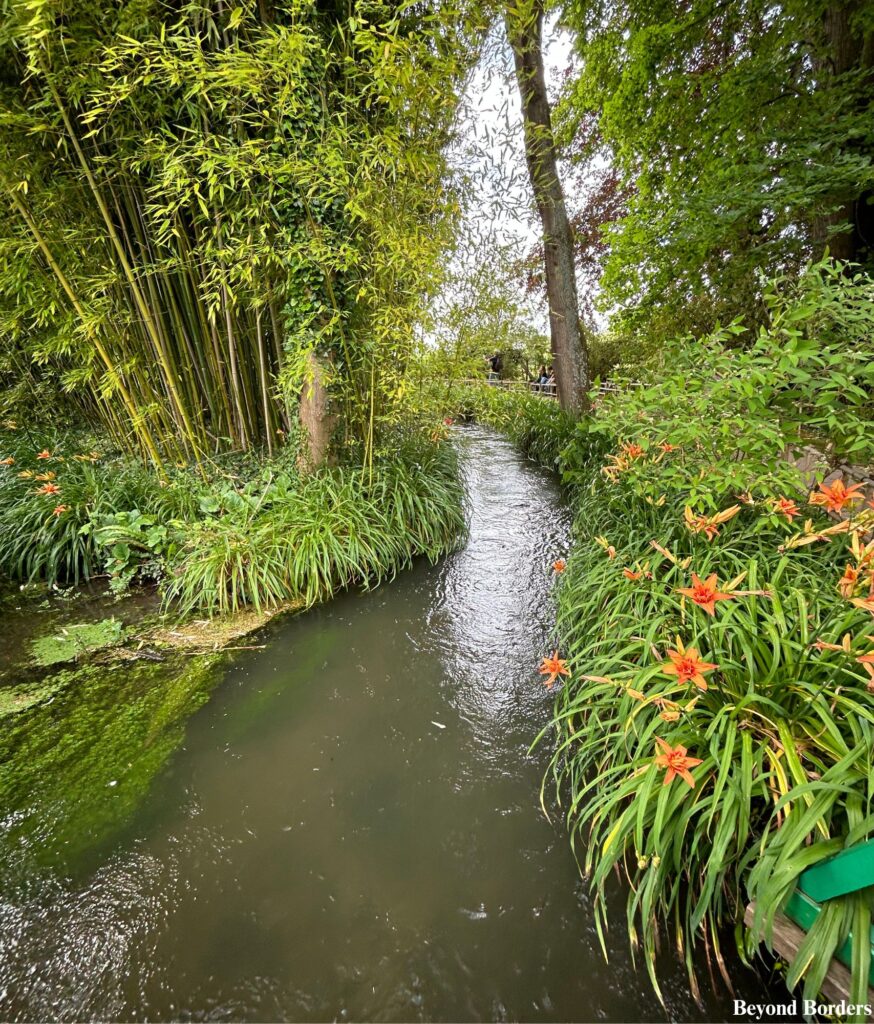

Disneyland Paris
A day trip to Disneyland Paris is a magical escape from the city, offering a dose of classic Disney enchantment and thrilling movie-themed adventures! Located in the eastern suburbs of Paris, the resort is a world-class destination that feels both distinctly European and completely Disney.
Disneyland Paris is made up of two different parks:
Disneyland Park: This is the classic Disney park, similar to the Magic Kingdom in Florida or the original Disneyland in California. It is home to Sleeping Beauty Castle and is divided into five themed lands: Main Street, U.S.A., Frontierland, Adventureland, Fantasyland, and Discoveryland. Here, you’ll find attractions like “It’s A Small World,” Big Thunder Mountain, and Pirates of the Caribbean, which all have unique features compared to their American counterparts.
Walt Disney Studios Park: This park is dedicated to the worlds of film, animation, and behind-the-scenes movie magic. It features a more modern collection of attractions and lands inspired by popular franchises, including the Marvel Avengers Campus and Worlds of Pixar, which is home to popular rides like Crush’s Coaster and Ratatouille: L’Aventure Totalement Toquée de Rémy.
Food
For lunch, it is best to eat in the parks, even though the food will be more expensive. If you want to eat when you leave, I recommend visiting Disney Village, a shopping, dining, and entertainment area located within Disneyland Paris. Entry to Disney Village is free, and no tickets are needed! If you have visited Disney World in Florida, USA, think of it like Disney Springs. Highly rated restaurants in Disney Village are Brasserie Rosalie and The Royal Pub.
How to get to Disneyland Paris from Paris
Getting to Disneyland Paris from the city center is easy and takes around 35-40 minutes. Take the RER A train toward Marne-la-Vallée–Chessy, which is the last station on the line. You can board the RER A from several central stations, including Gare de Lyon (which you can reach via Metro Lines 1 and 14). A helpful tip: the screens at the station often have a Mickey Mouse icon next to the correct destination, so you’ll know you’re on the right train. The Marne-la-Vallée–Chessy station is just a short, five-minute walk from the entrance of both parks!
Brussels, Belgium
Brussels, the capital of Belgium, offers a completely different feel from the other (French) destinations in this post. As the de facto capital of the European Union, Brussels seamlessly blends old-world charm with modern ambition. Once you arrive in Brussels, most of the city’s key attractions are within walking distance of each other.
Begin your day by visiting the breathtaking Grand-Place, a UNESCO World Heritage site that truly lives up to its reputation as one of the most beautiful squares in Europe. Here, you’ll be surrounded by magnificent, ornate guildhalls and the stunning Gothic Town Hall, all sparkling with gold details that feel straight out of a fairy tale. Just a short walk from the square is the elegant Royal Palace of Brussels, the official residence of the Belgian monarchy. While the palace is only open to the public for a short period each summer, it’s still a magnificent sight to see from the outside.
As you wander through the nearby streets, keep an eye out for the city’s famously quirky mascots, starting with the iconic Manneken Pis, a tiny statue of a peeing little boy. For a complete experience, find his lesser-known “family members” nearby: Jeanneke Pis (the girl) and Zinneke Pis (the dog).
Explore the European Quarter for a glimpse into the city’s modern identity. Its centerpiece, the Parlamentarium, is the European Parliament’s free visitor center and offers fascinating interactive exhibits that demystify the workings of the EU. For a striking contrast to the city’s historic center, consider making the journey to the Atomium. This futuristic, 102-meter-tall landmark, built for the 1958 World’s Fair, provides panoramic views of the city from its top sphere and is a sight to behold for its unique architecture!
Food
No trip to Brussels is complete without indulging in its world-famous food! Sample the country’s iconic Belgian waffles and make sure to try both the fluffy Brussels waffle and the denser, sweeter Liège waffle. Also, grab some Belgian fries, or frites, twice-fried for extra crispiness and traditionally served in a paper cone with your choice of delicious sauces.
Beyond these classics, Brussels is a paradise for chocolate lovers! While you can visit world-famous names like Godiva and Neuhaus, consider stopping by highly rated local shops like Pierre Marcolini, known for his elegant, modern creations, or Wittamer, a royal warrant holder and a family-run institution since 1910. Another highly-regarded chocolatier is Mary Chocolatier, also a purveyor to the Belgian court since 1919 and known for its beautifully presented, handmade pralines.
How to get from Paris to Brussels
Brussels is only an hour and 40 minutes from Paris by train. The most efficient way to travel is to take the Eurostar from Paris’s Gare du Nord to Brussels-Midi/Zuid station. From there, the city center is just a short and easy trip away. You can either take the local metro or a connecting local train to Brussels-Central Station (Bruxelles-Centrale), which is right next to the Grand-Place. Alternatively, you can take a tram directly from the station to various points in the city center.
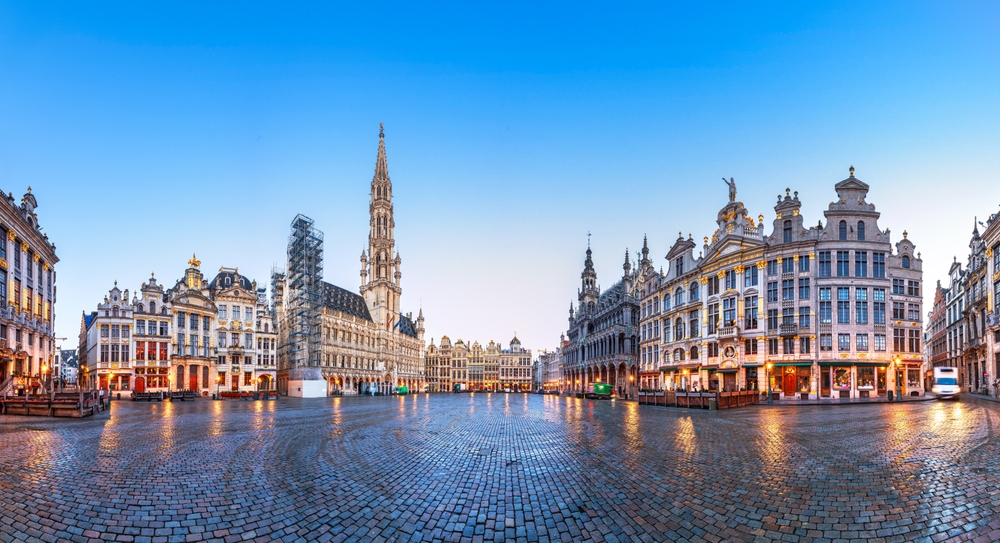
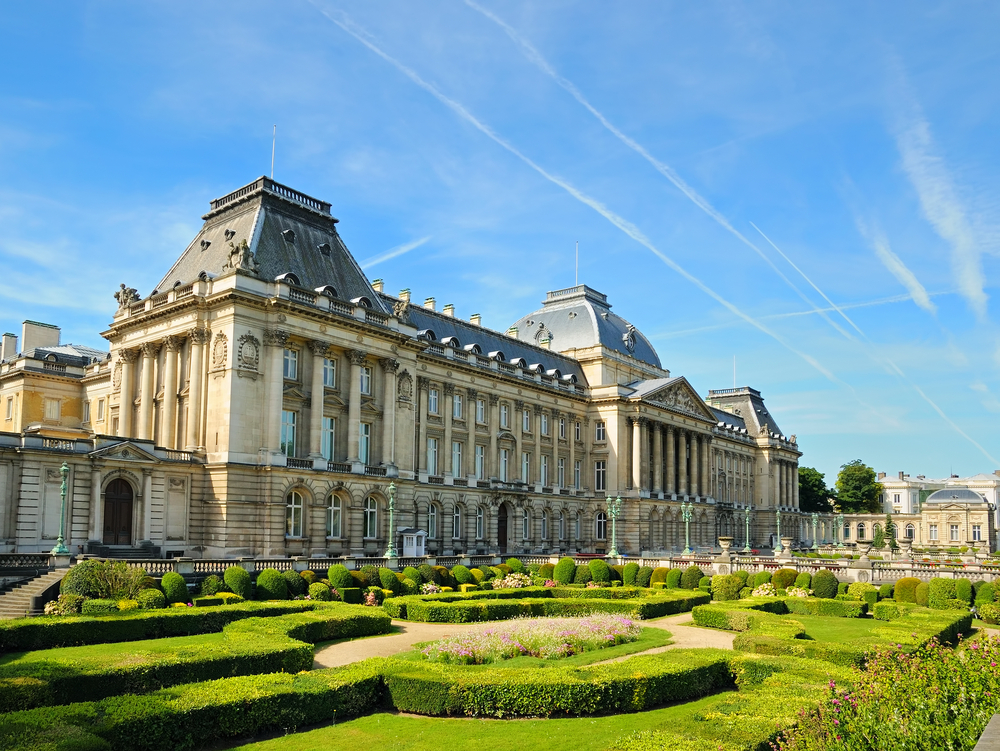
Conclusions
By venturing just a short distance from the French capital, you discover that Paris is not just a destination in itself, but a gateway to countless other adventures. From Monet’s Impressionist gardens in Giverny to the medieval history of Rouen and Orléans, the magic of Disneyland Paris, or even the distinct charm of a different country like Belgium, these day trips prove that your Parisian vacation can extend far beyond the city limits. So next time you find yourself in Paris, don’t hesitate to step aboard a train and explore the rich blend of history, art, and culture that awaits just a short journey away.

